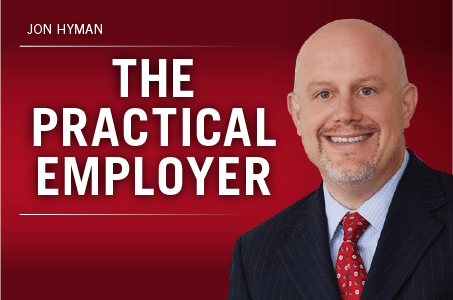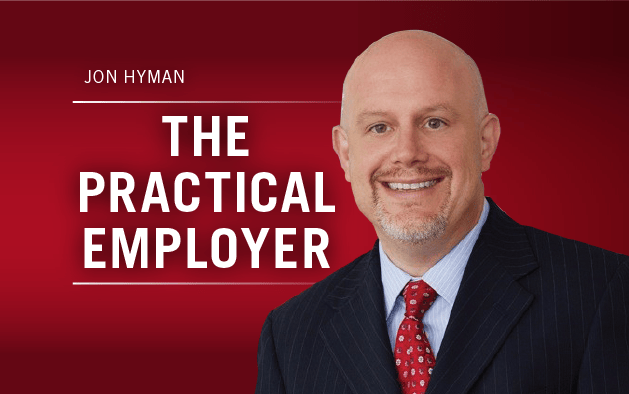 Sherryl Darby has the BRCA1 gene, otherwise known as the breast cancer gene, the best known gene associated with breast-cancer risk. Approximately two months after she started working as an administrative assistant at Childvine, an early childcare provider, Darby opted to have a double mastectomy to decrease her risk of developing breast cancer in the future. Two weeks later, Childvine fired her.
Sherryl Darby has the BRCA1 gene, otherwise known as the breast cancer gene, the best known gene associated with breast-cancer risk. Approximately two months after she started working as an administrative assistant at Childvine, an early childcare provider, Darby opted to have a double mastectomy to decrease her risk of developing breast cancer in the future. Two weeks later, Childvine fired her.
Despite the close-in-time link between Darby’s surgery and her termination, the district court dismissed her ADA lawsuit.
While “normal cell growth” is a major life activity the ADA protects, the court could not find that the BRCA1 gene is a physical impairment that substantially limits normal cell growth.
Although mindful that the ADA is to be broadly construed, the Court concludes that Plaintiff fails to state a claim upon which relief can be granted. Plaintiff has offered no statutory, regulatory, or caselaw support for her “legal conclusion couched as a factual allegation” that the BRCA1 gene, like cancer itself, is a physical impairment that substantially limits normal cell growth. And the Court’s own research has found none.
It is true that the Sixth Circuit has held that some conditions, even when dormant, may constitute a physical impairment.… But this is not a circumstance akin to remission of cancer. Rather, it is, presently, the absence of cancer.
The Court’s decision should not be read to trivialize Plaintiff’s legitimate fear of developing breast cancer or minimize the transformative measures she took to avoid it. It merely recognizes that this Court’s role is to interpret, not legislate. To expand the definition of physical impairment to include a condition that might lead to a disability in the future effectively puts every employee under ADAAA protection.
Whatever issues I have issues with this decision (and I have some big ones) could have been cured by pleading this case differently. I question why Darby pleaded her protected disability as an actual disability instead of a regarded as disability. I think she would have a had a much better chance at surviving dismissal if she framed her claim as one in which her employer terminated her based in its perception of her having a disability (which does not require any proof of any actual disability) instead of any actual disability itself.
Moreover, in many cases its largely irrelevant whether the ADA covers a dormant genetic disorder because another statute already does—GINA, the Genetic Information Nondiscrimination Act. GINA prevents employers from using genetic information in employment decisions. GINA likely wouldn’t have helped Sherryl Darby, because it does not appear the issue of her having the BRCA1 gene arose until her lawsuit (and long after her termination).
This case will be often be cited for the proposition that the law does not protect an employee’s dormant genetic condition. While that is true based on how Darby pleaded her claims in this case, employers should not treat Darby as a license to discriminate, as doing so will likely violate both the ADA and GINA in many cases.








 This column is not meant to help those looking for their first HR hire, which is generally an individual added by small to medium-sized business when transactional items like payroll and compliance overwhelm an office manager or similar administrative employee with another job to do.
This column is not meant to help those looking for their first HR hire, which is generally an individual added by small to medium-sized business when transactional items like payroll and compliance overwhelm an office manager or similar administrative employee with another job to do.